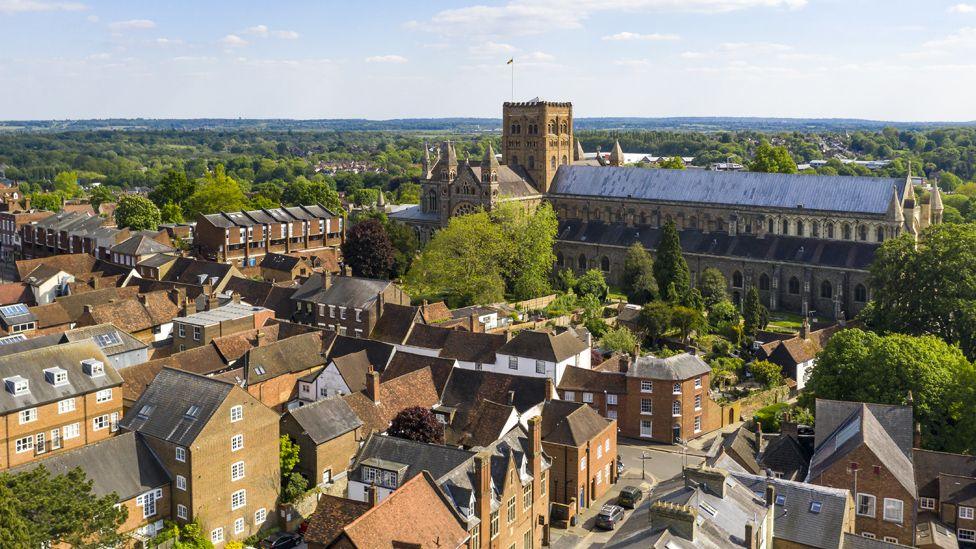Plans for extra new homes in Beds, Bucks and Herts
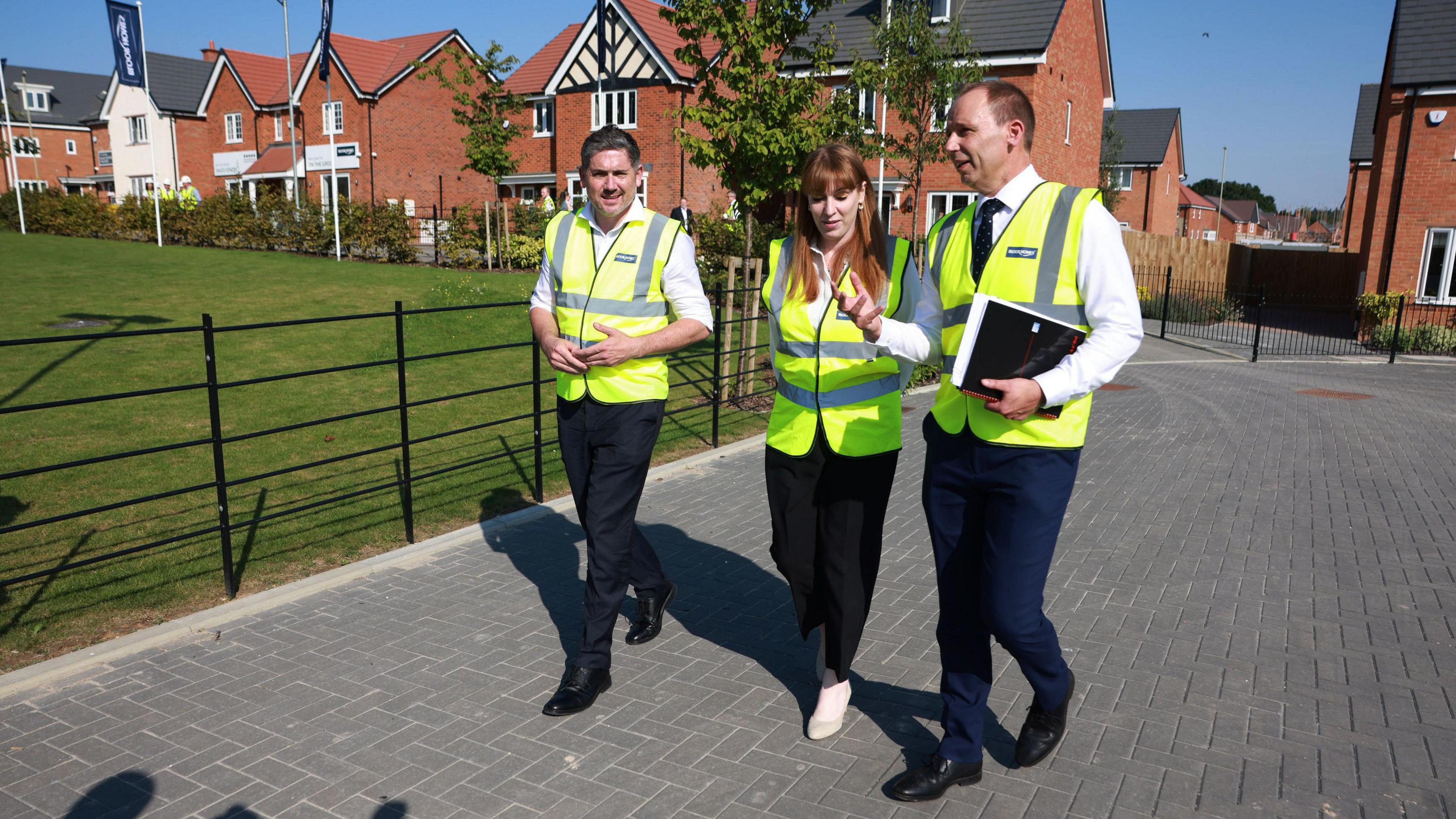
Deputy Prime Minister Angela Rayner has announced sweeping changes to England's planning system
- Published
More than 2,000 extra new homes could be built across Bedfordshire, Hertfordshire and Buckinghamshire under government plans to overhaul the housing system.
If approved, house prices would be a factor in where they are built, with Buckinghamshire and St Albans likely to see the most development.
The proposals, external - out for consultation, external until September 2024 - would see a return to mandatory planning targets for councils.
But while the government said it "would make everyone better off", opposition MPs and campaigners raised concerns about the planning overhaul and the use of green belt sites.
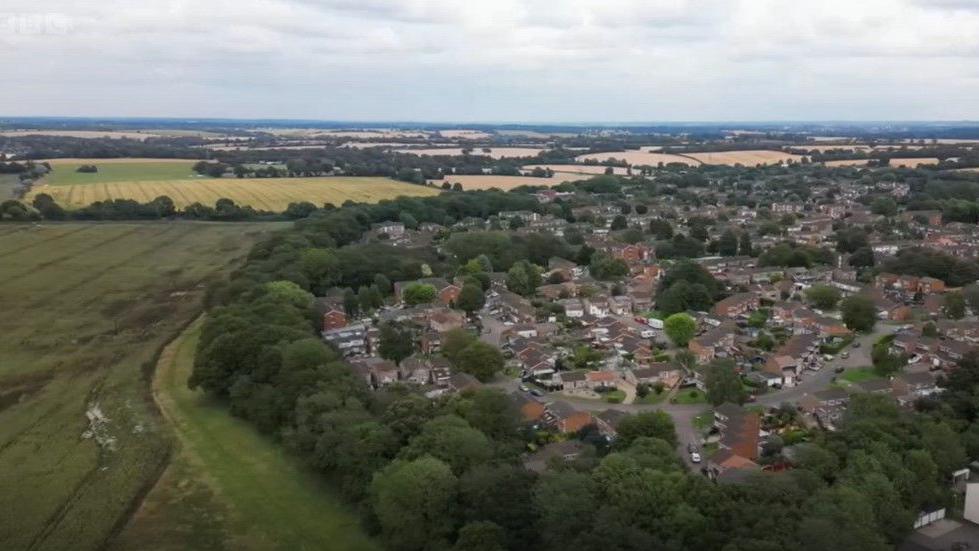
In St Albans, in Hertfordshire, demand for houses is high, and prices are too
The government said the "new targets will boost housebuilding in areas most in need, to help more people buy their own homes, and help drive growth".
Deputy Prime Minister Angela Rayner announced the overhaul of the planning system to pave the way for one and a half million new homes over the next five years, which Labour hopes will help tackle England's acute housing crisis.
Mandatory housing targets, scrapped by the previous Conservative government, will be restored, and some low-quality green belt land will be freed up for construction under the plans, such as disused petrol stations and car parks.
If councils do not implement these targets in their local plans, the government will intervene to make them happen.
One of the aims is to get more people on the housing ladder in places like Buckinghamshire and St Albans where traditionally that has been difficult.
However, if the plans get the green light, the whole of Bedfordshire, including Luton, would actually see fewer homes built than previously expected.
Overall almost 20,000 new homes would be built across Beds, Herts and Bucks, when previous estimates were for just under 18,000.
The government said the first option should be land that has been built on before, but where there is not enough green belt could be used.
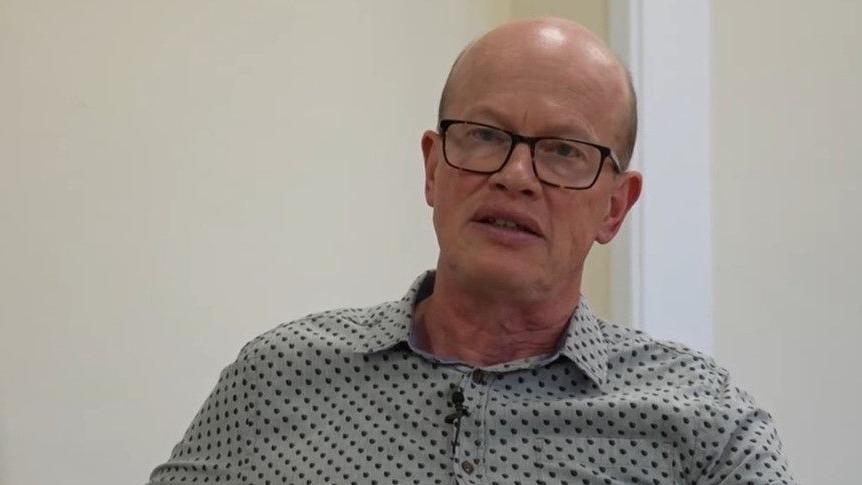
St Albans Liberal Democrat council leader, Paul de Kort, said there is not enough space to build the homes needed
The challenge can be seen in St Albans, in Hertfordshire, where there is high demand for housing and high house prices.
About 80% of land is green belt, with some already earmarked for development.
Liberal Democrat council leader, Paul de Kort, said there is not enough space to build the homes needed and said that green belt sites must come with schools, doctors and transport links.
"We must have the support which will have to come from national government in some shape or form to fund the infrastructure and the social housing," he said.
"Local circumstances should be reflected in those targets, one size does not fit all."
Richard Bullen, from Redbourn Against Greenbelt Erosion, said: "I - like people over the last six decades - have thought that the green belt should be there to stop urban sprawl.
"It’s good for us as humans to be out in the open and if we build over it, it’s gone for ever."
Oliver Dowden, the Conservative MP for Hertsmere, where more than 200 extra homes would be built under the new formula, posted, external on social media about his "grave concerns about the major overhaul".
"Labour have pledged to reimpose top-down mandatory housing targets which I lobbied so hard to remove," he said.
Bedford Borough Council said it would "look carefully at the changes proposed to planning policy and housing targets".
Buckinghamshire Council has been approached for comment.
Follow East of England news on Facebook, external, Instagram, external and X, external. Got a story? Email eastofenglandnews@bbc.co.uk, external or WhatsApp us on 0800 169 1830
Related topics
You might also be interested in
- Published14 July 2024
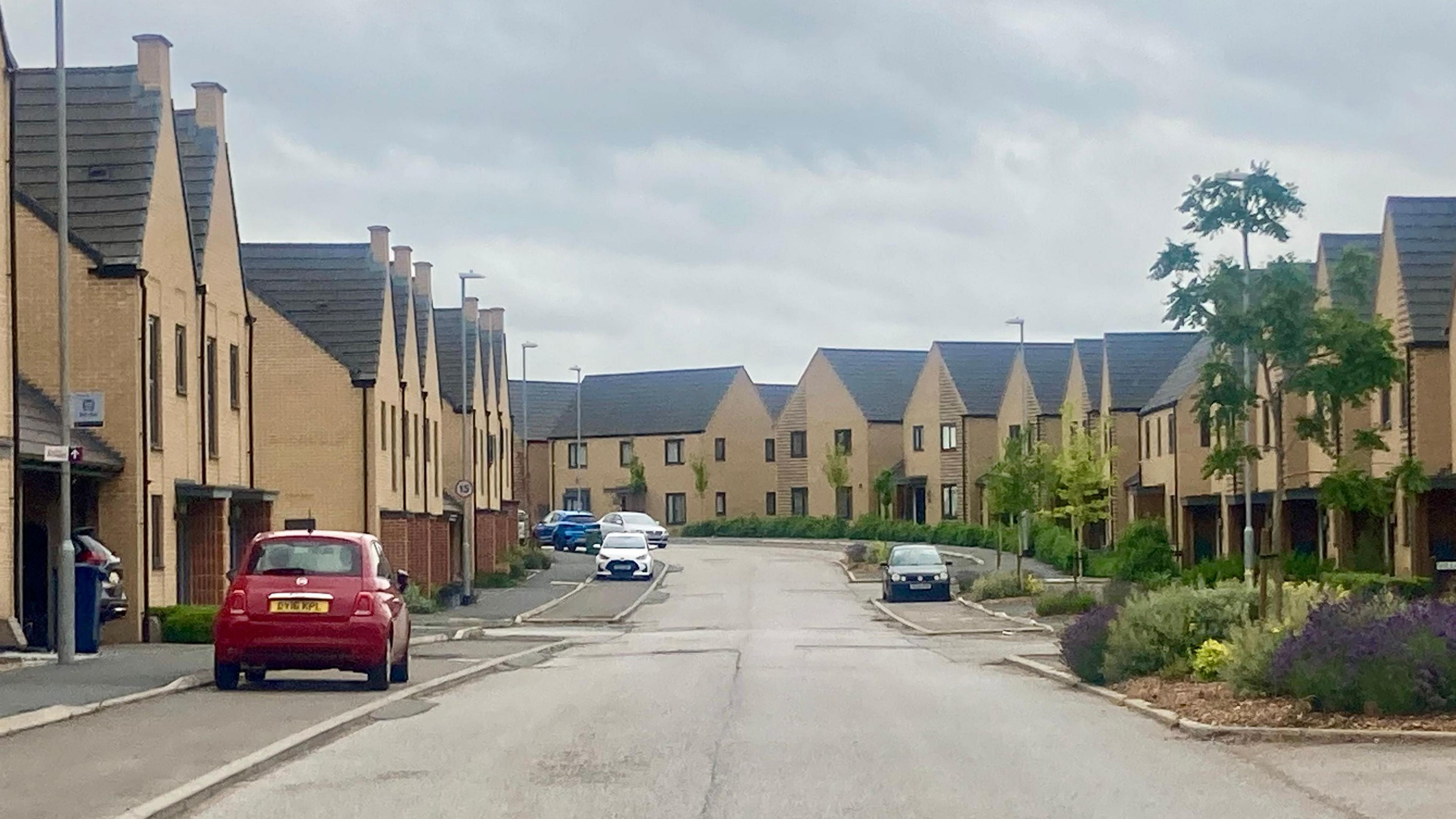
- Published19 June 2024
